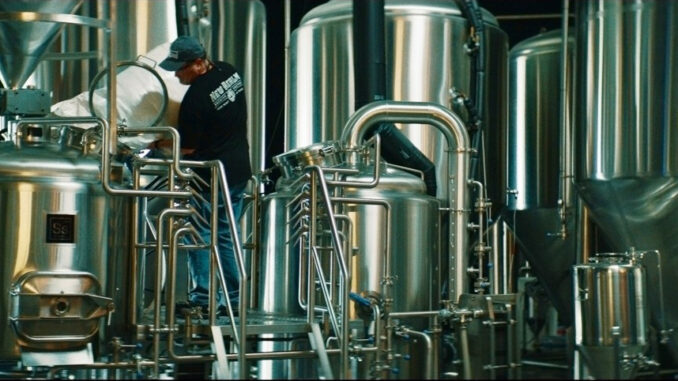
Key performance indicators (KPIs) may sound like corporate jargon, but for breweries they can serve as essential tools to track your brewery’s health, while reducing costs and improving efficiency. The key is not to overwhelm your teams with data, but to create clarity, involvement and accountability across departments.
The value of KPIs lies not in producing spreadsheets, but in fostering a culture of continuous improvement. For breweries under pressure to control costs and sharpen performance, starting small, involving employees and using data to find and fix problems can provide both focus and long-term stability.
Pulkit Agrawal, founder of Beer30, said breweries of all sizes should start by thinking in terms of departments rather than seeing the operation as a single unit.
“At the end of the day, this is a business, not a hobby,” he said. “Even if one person is wearing multiple hats, you still need to measure production, sensory and quality, sales and marketing, and finance.”
For Mitch Steele, co-founder of New Realm Brewing, KPIs are only useful if they drive action.
“If you’re not measuring something, you can’t really improve it,” he said. “Measuring gives you a viewpoint on whatever you’re doing, so you can implement improvements if you have to. Increasing efficiencies and reducing costs is critically important if you want to be profitable.”
Steele said the effectiveness of KPIs depends on employee involvement and clear communication.
“It doesn’t help to have one person sitting behind a desk on the second floor saying this is all messed up, and nobody on the floor understands it or sees it,” he said. “Everybody’s got to be looking at it. Everybody needs to understand the criticality of it and be looking at things the same way.”
That means ensuring leadership and staff are aligned and that the data being collected is visible and accessible. Steele said employees should be trained not just on what numbers mean, but how to respond when results fall outside targets.
Jen Busch, VP of Finance at Kona Brewing Hawaii, said one of the most common mistakes is starting too big.
“I would recommend you start small,” she said. “Don’t kick it off with 15 measures, and make sure that what you start with is a measure that the whole team can understand.”
She added that breweries should define allowable deviations and help staff recognize when changes in performance require quick action rather than delayed response.
Busch said Kona reinforces KPIs through consistent communication.
READ MORE: Where Does A Proper Sales Force Start?
“We have a regular cadence of meetings, and anytime we meet, we define these key measures,” she said. “We want to be transparent with employees. We want to celebrate the wins, make it clear how team members can affect these measures, and learn from the pain.
“If there is poor performance, it’s not a punitive discussion, it’s constructive.”
Agrawal encouraged anyone to dig deeper when KPIs flag an issue. He pointed to the “five whys” method of root cause analysis, where managers keep asking “why” until the underlying issue is revealed. He recalled a time at Ballast Point when keg line losses rose to nearly 9%.
“When you think about those volumes, that is literally tens to maybe even hundreds of thousands of dollars being wasted,” he said. “By breaking it down, we found the real cause and fixed it.”





Be the first to comment